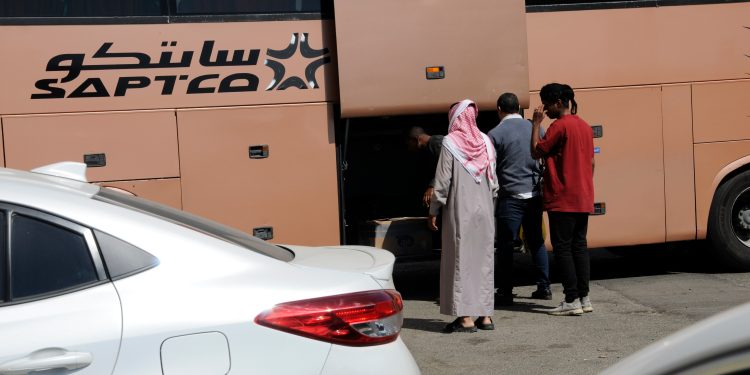Saudi Arabia’s non-oil GDP is set to grow by up to 6% by the end of the decade, driven by Vision 2030 initiatives, according to S&P Global. This growth comes from a stronger focus on consumer spending in tourism and construction, solidifying the non-oil economy’s role in the Kingdom’s diversification strategy.
By 2030, the oil sector’s GDP share is expected to drop to 24-26% from over 30% in early 2024, indicating a shift away from hydrocarbon dependence. Vision 2030 megaprojects, particularly NEOM, are key to this transition, with investments exceeding $1 trillion. Despite potential project adjustments, the non-oil sector is gaining prominence.
Domestic demand is rising, especially in household consumption and tourism, reducing reliance on oil. Currently, household consumption is 15-20 percentage points lower than similar economies, suggesting growth potential. The government aims to boost recreational spending, which is currently low by international standards.
The Vision 2030 reform agenda is the main driver of non-oil GDP growth, focusing on sectors like tourism, entertainment, and retail. Initiatives are transforming the economic landscape, increasing domestic consumption and improving quality of life. The Quality of Life Program aims to raise household entertainment spending from 2.9% to 6% by 2030, fostering growth in entertainment, tourism, and retail.
Social reforms, particularly increased female workforce participation, are boosting domestic demand. Women’s labor force participation has risen from 18% to over 35%, enhancing household earnings and consumer spending. This shift also promotes economic inclusion and wage growth through Saudization policies.
Tourism is central to Vision 2030, with a target of 150 million annual visitors by 2030. E-visas and major projects like the Red Sea Project and AlUla are set to boost arrivals, positioning Saudi Arabia as a global destination. The sector is expected to drive non-oil GDP growth significantly.
The construction sector benefits from Vision 2030 projects like NEOM, Qiddiya, and Diriyah, with total initiative costs exceeding $1 trillion. Even with potential NEOM scaling back, ongoing megaprojects will sustain demand for construction materials and services, contributing to GDP growth.
Long-term economic growth under Vision 2030 depends on improving labor productivity, which has historically lagged. As megaprojects near completion, maintaining growth will require focusing on productivity, innovation, education, and workforce skills. Government initiatives in education and vocational training are expected to yield gradual productivity improvements, ensuring sustained economic growth.


